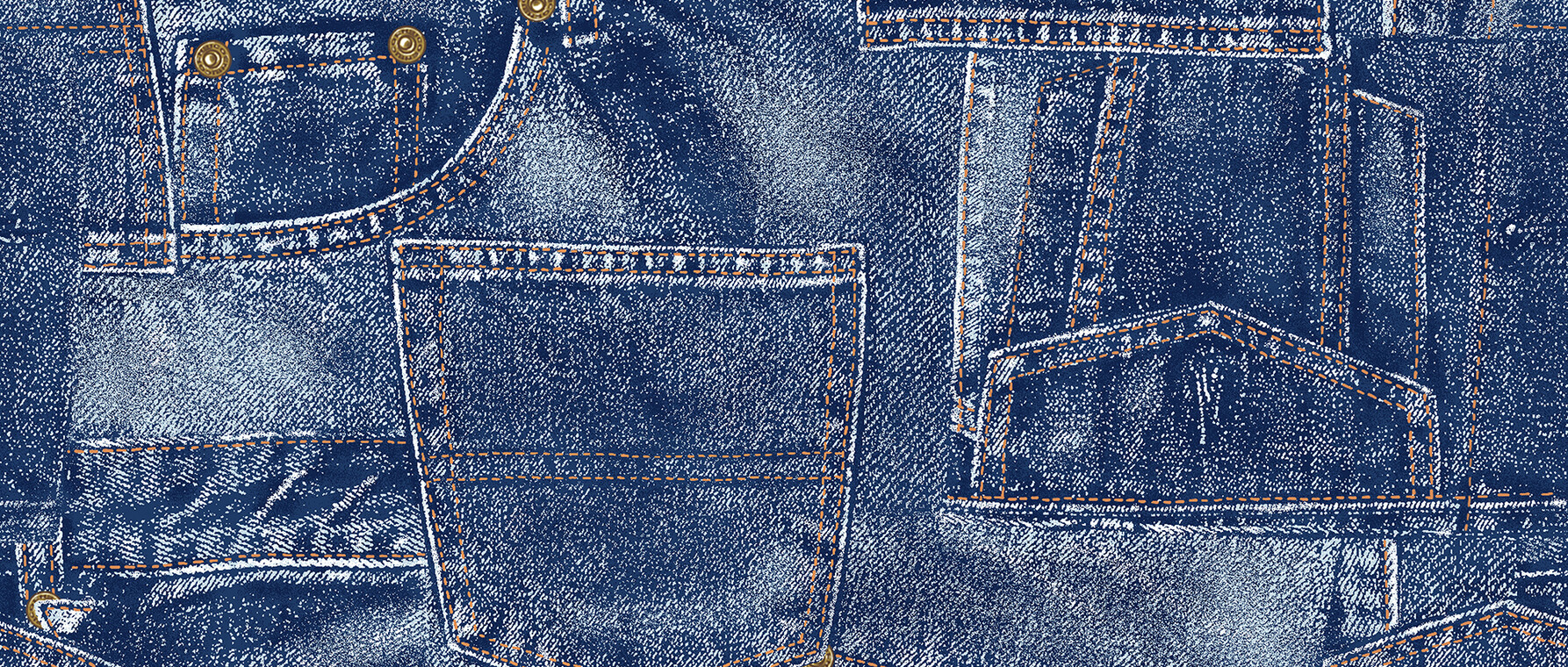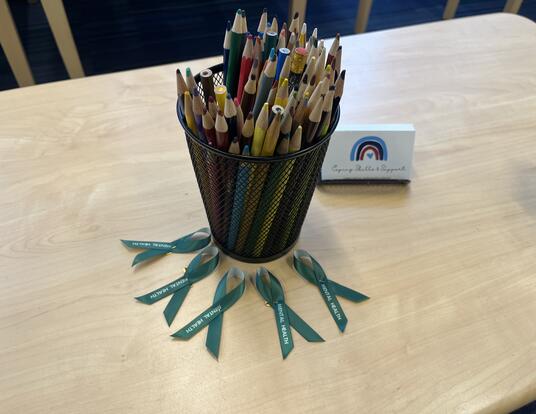Beyond ‘Take Back the Night’
Sexual Assault Awareness Month seeks to inform, heal, and prevent sexual violence

First observed in 2001, Sexual Assault Awareness Month (SAAM) is an annual campaign that raises public awareness and seeks to educate communities and individuals on how to prevent sexual violence. Coordinated in April by the National Sexual Violence Resource Center with assistance from anti-sexual assault organizations throughout the United States, SAAM grew out of the Take Back the Night marches of the 1970s that rallied women in protest against rape. Recently, Title IX Resource Coordinators Seth Avakian and Danielle Farrell, who also serves as director of GSAS Student Services, spoke with GSAS Communications about their role at GSAS, the importance of SAAM, and resources that students can call on to cope with—or prevent—sexual assault.
What’s the goal of Sexual Assault Awareness Month?
Danielle Farrell: SAAM is an opportunity to create safe spaces where survivors of sexual assault can share their experiences, and for the community to show support and come together to engage in healing and prevention programming. We want all members of the community to feel like they can ask questions of us as Title IX resource coordinators and to learn how to support others who have been impacted by sexual assault.
Seth Avakian: At Harvard, SAAM is now focused on showing support for survivors and encouraging healthy behaviors, especially bystander intervention. This year, because we're working and learning remotely, we’re trying to shine a light on building safe online spaces. We advocate for the equitable treatment of people of all gender identities and sexual orientations.
What’s your role, as Title IX resource coordinators, in raising awareness of sexual violence and harassment during SAAM and all year long?
Danielle Farrell: During SAAM, one of the main things we do is support the collaborative programs between the Student Center Fellows, the Office of Sexual Assault Prevention and Response, Student Services, and Title IX resource coordinators and give presentations and workshops that address bystander intervention and issues of equity, inclusion, gender, and sexual orientation among students, student leaders, teaching fellows faculty, and staff. We do these throughout the year, too, tailoring presentations to the needs of departments or labs or other groups at GSAS.
Beyond SAAM, much of what Seth and I do is to work on the prevention side. We talk to people, provide resources, and try to intervene well before an incident or a policy violation occurs. After an incident, we let students know about policies and procedures whether they want to file a formal complaint or engage in informal resolution. This work extends beyond the University. And then both Seth and I provide resources referrals and support to students who’ve experienced harm to enable them to do their best work and fully access their educational opportunities at Harvard.
Seth Avakian: Our work is about meeting people where they are when they’ve been impacted by sexual or gender-based harassment and discrimination, understanding their experiences and concerns, and partnering with them on the prevention of future harassment. Sometimes that means role-playing so the next time someone says something that a student finds offensive or inappropriate they're ready with a response. Sometimes that means talking directly with the person who might be creating the problem. And sometimes it means partnering with faculty to make sure that the environment in their department is inclusive and welcoming to students of all gender identities and sexual orientations.
Are the resources and support you offer only for students who’ve experienced sexual violence while on campus?
Danielle Farrell: Not at all. We often work with students who have been impacted by something that happened to them in the past. We also work with students who’ve experienced sexual assault or harassment off campus with someone who may not be affiliated with the University at all. We meet them where they’re at, direct them to the resources they need, and provide support so that they can reconnect with their education, move forward, and heal.
What are your hopes for SAAM, for the work that you do, and for GSAS students who may have experienced—or still experience—sexual assault or harassment?
Seth Avakian: I hope students look at the history of SAAM. What is now a month-long campaign used to just be one week. Before that, it was focused on an event called “Take Back the Night.” The movement to prevent sexual violence intersects with the broader struggle for civil rights and justice. I hope we can remember the generations of activists whose work made possible the resources, the laws, and the policies we now have to address the issue of sexual violence and, as we do so, honor those activists by acknowledging that there’s much more work to do.
Danielle Farrell: I also hope that survivors and those that encounter violence and mistreatment can find solidarity and community with each other. I hope that they can talk about what they’re going through, but if that’s too hard, I hope they can listen to others who’ve had the same experience and find support. Most of all, I hope they know that they’re not alone.
GSAS’s Title IX resource coordinators invite students to contact them if they have concerns about sexual or gender-based harassment. For more information and to contact Seth Avakian, program officer for Title IX and professional conduct, or Danielle Farrell, director of student services, please visit the Title IX Resource Coordinators page on the GSAS website. And be sure to check out the full slate of events and activities for SAAM on Engage.
Banner courtesy of Shutterstock
Get the Latest Updates
Join Our Newsletter
Subscribe to Colloquy Podcast
Simplecast





